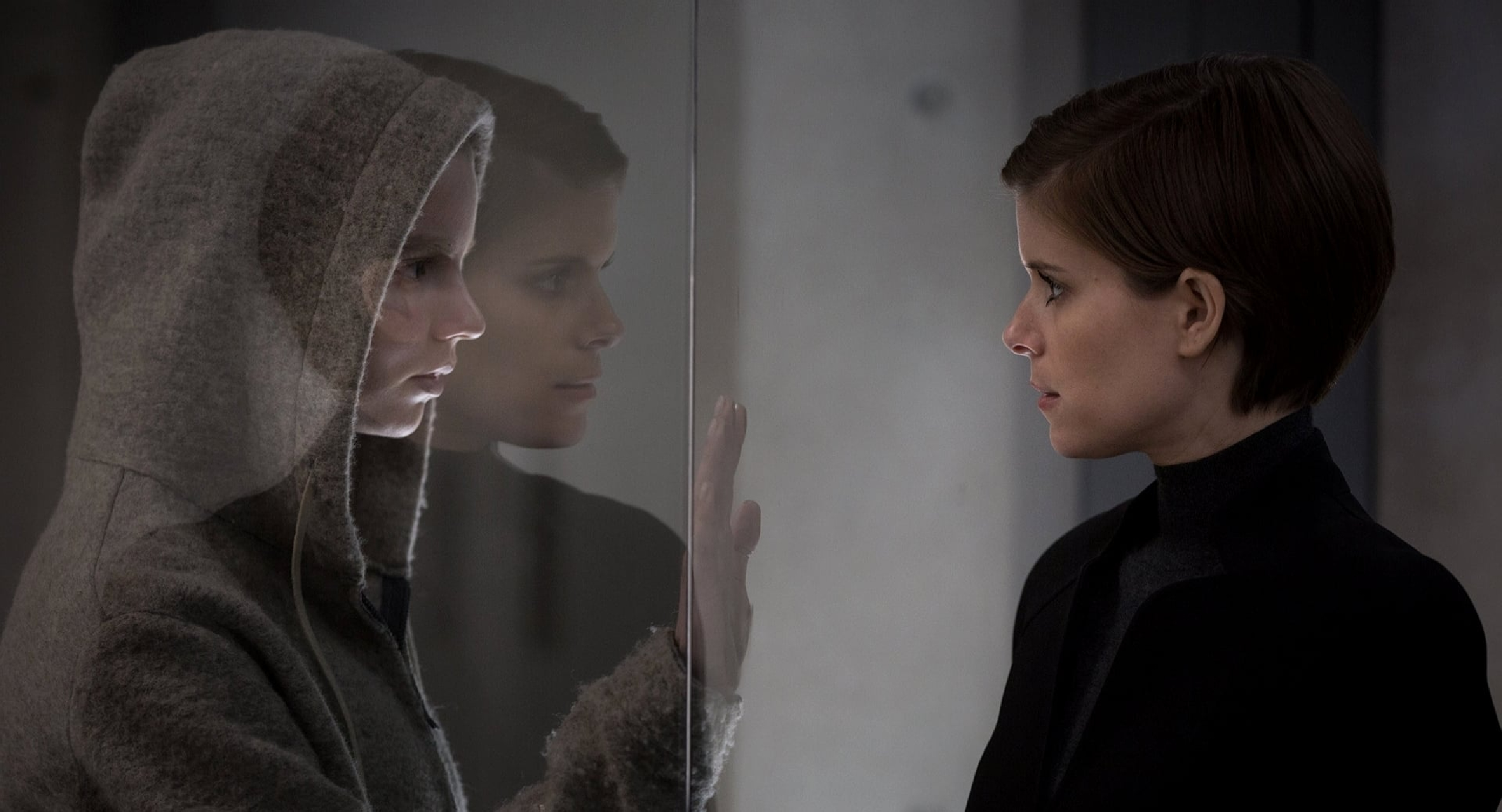Morgan – Film Review
Published August 2, 2023

Morgan is a bioengineered child who began walking and talking after one month of existence, exceeding the wildest expectations of her creators. When Morgan attacks one of her handlers, a corporate troubleshooter visits the remote, top-secret facility where she’s kept to assess the risks of keeping her alive. When the girl breaks free and starts running amok, the staff members find themselves in a dangerous lockdown with an unpredictable and violent synthetic human.
In Morgan, director Luke Scott delves into the ethically complex world of artificial intelligence and its implications on human lives. With a talented cast and thought-provoking themes, the film aims to explore the blurred lines between humanity and machines. Despite its intriguing premise and strong performances, Morgan ultimately falls short in delivering a truly memorable and cohesive experience.
The film centers around a humanoid artificial being named Morgan (played by Anya Taylor-Joy), who possesses advanced cognitive abilities and rapid physical development. Housed in a remote and secretive research facility, Morgan is the result of a groundbreaking experiment aimed at creating the next generation of superhuman beings. Kate Mara portrays Lee Weathers, a risk management consultant sent to evaluate the project after a violent incident involving Morgan.
The opening scenes effectively set the tone for the film, with chilling visuals and an eerie atmosphere. The cinematography, overseen by Mark Patten, contributes to the sense of isolation and claustrophobia surrounding the research facility, enhancing the unsettling mood. The use of muted colors and dim lighting complements the film’s sci-fi thriller genre.
Anya Taylor-Joy delivers a standout performance as Morgan, capturing both the innocence and enigmatic nature of her character. Her ability to convey complex emotions, often with limited dialogue, is commendable. Kate Mara is equally compelling as the stern and pragmatic Lee Weathers, providing a strong foil to Morgan’s vulnerability.
The supporting cast includes Toby Jones as Dr. Simon Ziegler, Jennifer Jason Leigh as Dr. Kathy Grieff, and Paul Giamatti as Dr. Alan Shapiro, each contributing to the story with their nuanced performances. Their characters add depth to the narrative, portraying scientists torn between their professional responsibilities and personal attachments to Morgan.
As the story unfolds, Morgan grapples with significant ethical questions surrounding artificial intelligence and the responsibilities of those playing god. The film raises thought-provoking dilemmas about the boundaries of humanity, the moral implications of creating sentient life, and the consequences of tampering with nature. These complex themes are at the heart of Morgan and set the stage for potential philosophical exploration.
Unfortunately, the film struggles to fully capitalize on its compelling premise, as the narrative becomes convoluted and fragmented. The pacing feels uneven, with moments of intense action followed by lulls that dampen the tension. This inconsistency disrupts the film’s flow, hindering its ability to sustain a gripping atmosphere throughout.
Moreover, character development is lacking in certain instances, leaving some supporting roles feeling underexplored. Dr. Kathy Grieff, played by Jennifer Jason Leigh, particularly suffers from underwritten characterization. Her backstory and motivations remain elusive, depriving the audience of a more profound understanding of her actions.
While the film tries to maintain a sense of ambiguity surrounding Morgan’s true nature, it occasionally falters by telegraphing the plot’s twists too early. Astute viewers may find themselves predicting some key revelations, dampening the impact of the film’s intended surprises.
The action sequences in Morgan are well-choreographed and intense, showcasing Luke Scott’s skill as a director in capturing visceral moments. However, the violence feels excessive at times and serves more to shock than to enhance the story’s thematic depth.
One of the film’s strengths lies in its production design and visual effects. The futuristic research facility is meticulously crafted, emphasizing the stark contrast between cutting-edge technology and the untamed natural environment surrounding it. The seamless integration of practical and digital effects helps to immerse the audience in the world of Morgan, enhancing the film’s overall aesthetic.
The musical score, composed by Max Richter, adds to the film’s suspense and atmosphere. It heightens the tension during pivotal moments and lends an emotional weight to the film’s quieter scenes. The sound design, too, plays an essential role in maintaining the eerie ambiance, contributing to the film’s overall immersive experience.
Morgan is a visually compelling and thematically ambitious film that leaves audiences with thought-provoking questions about the potential consequences of artificial intelligence. Anya Taylor-Joy’s standout performance and the film’s striking production design elevate it above average sci-fi thrillers. However, the film’s uneven pacing, underdeveloped supporting characters, and predictable plot twists prevent it from reaching its full potential. Despite its shortcomings, Morgan is worth a watch for fans of the genre and those intrigued by the ethical implications of AI.
